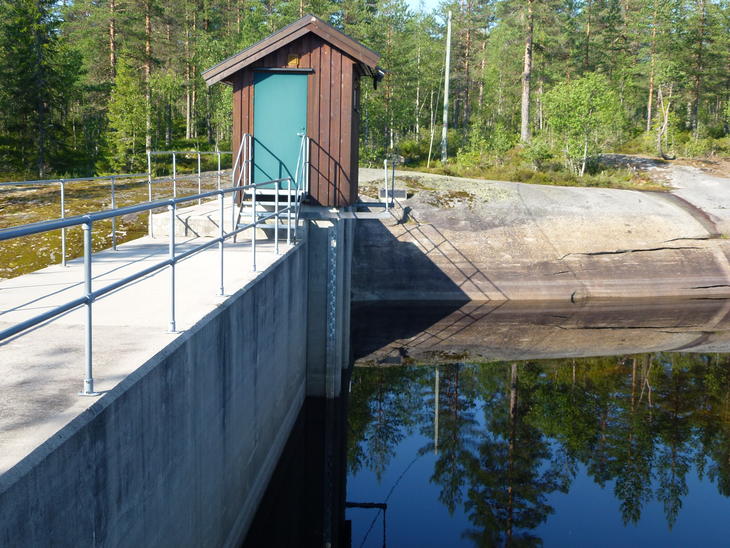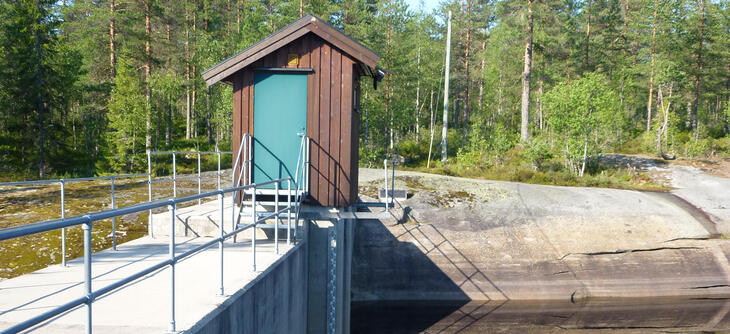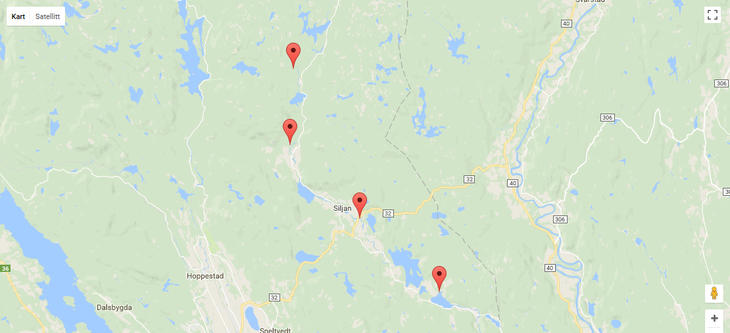Siljan watercourse system
Siljan watercourse system extends across several municipalities in Telemark, Buskerud and Vestfold counties. The Farris lake, which flows into the sea in Larvik via Farriselva, is part of the lower part of the watercourse, which is also known as the Farris watercourse. Skagerak Kraft has four power plants in the Siljan watercourse system. The watercourse is known for timber floating to supply the industry in the Larvik area.
Siljan watercourse system extends across several municipalities in Telemark, Buskerud and Vestfold counties. The Farris lake, which flows into the sea in Larvik via Farriselva, is part of the lower part of the watercourse, which is also known as the Farris watercourse. Farris lake's two main tributaries are Rekua and Siljanelva, of which the latter is biggest by far. The uppermost of Siljanelva’s tributaries comes from the south face of Skrim mountain in Kongsberg.
The development of the Siljan watercourse system was based on a private initiative. The Treschow-Fritzøe company of Larvik, represented by landowner F.M. Treschow, had seen the great advantages of building a power plant in the watercourse system. The power production fit well with the business activity located at the outlet of the watercourse.
In 1911, F.M. Treschow decided to develop the Siljan watercourse system. This development was one of the reasons the power company Vestfold Kraft was founded in 1920 and bought out F.M. Treschow’s power production rights in the watercourse.
Skagerak Kraft has four power plants in Siljan watercourse system between Ramsvann and Lakssjø lakes. Hogstad is the biggest of the two and is also open to visits from the public. Dale river, which is the neighbouring watercourse, was protected from the development of power plants in 1973. A number of the largest lakes are regulated and minimum flow requirements apply in parts of the watercourse system.
Timber floating was common in the Siljan watercourse system right up until the 1960s. The timber flume between Gorningen and Lakssjø lakes is still visible in the terrain. It has been well-preserved and is maintained by the Siljan historical association.
*The figures refer to plants where Skagerak Kraft holds an ownership interest.
















